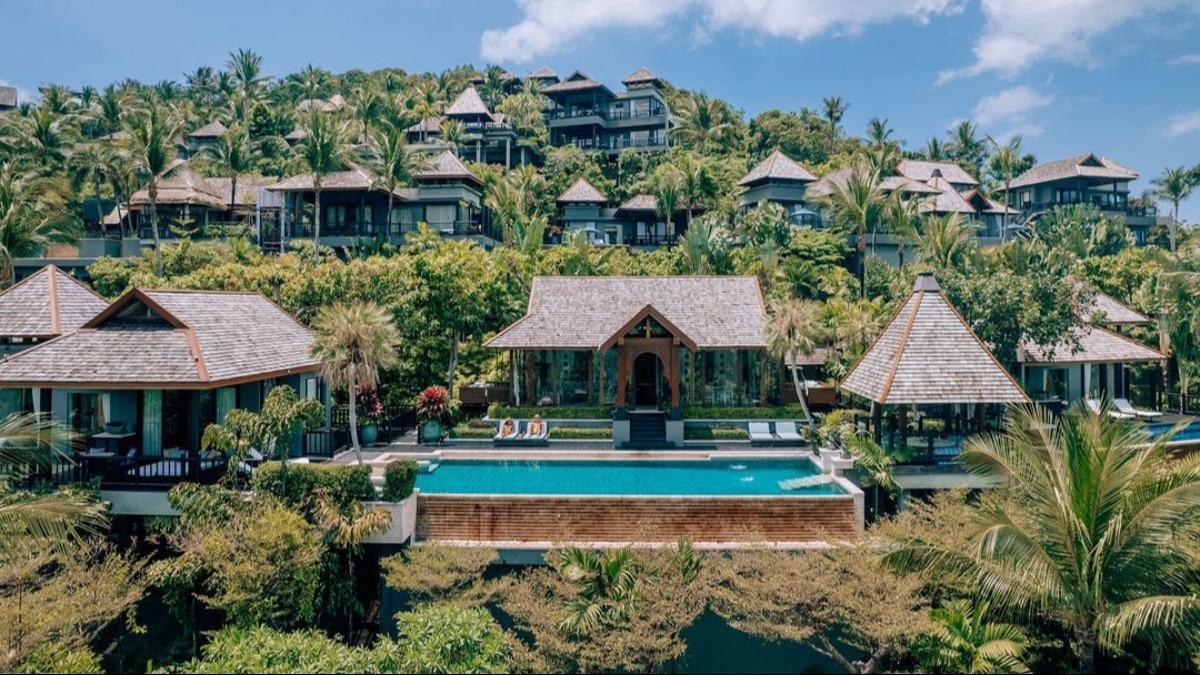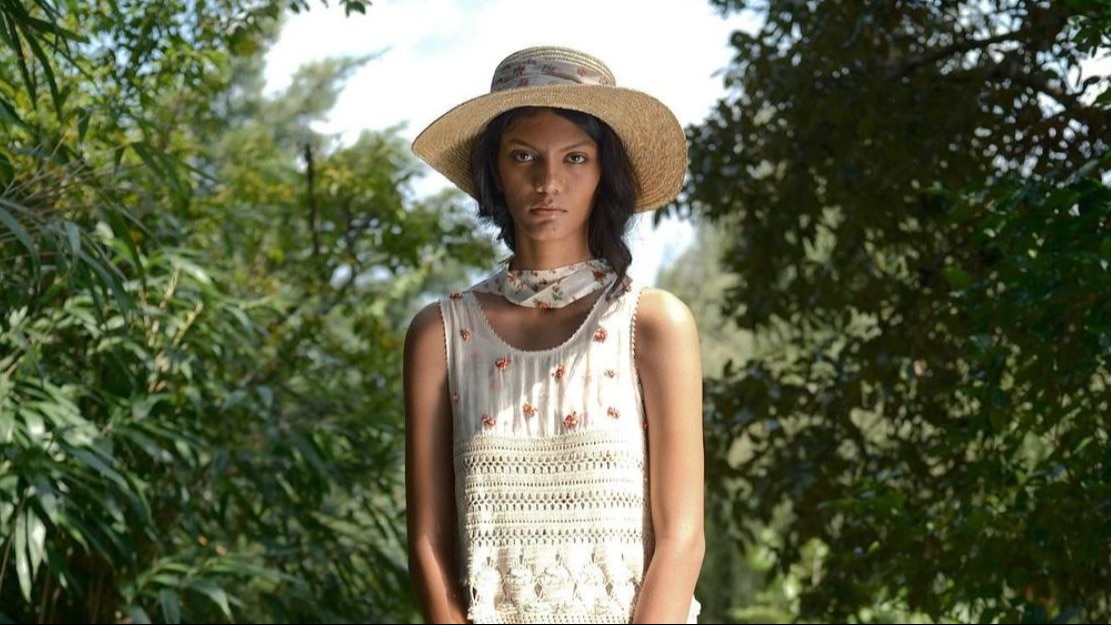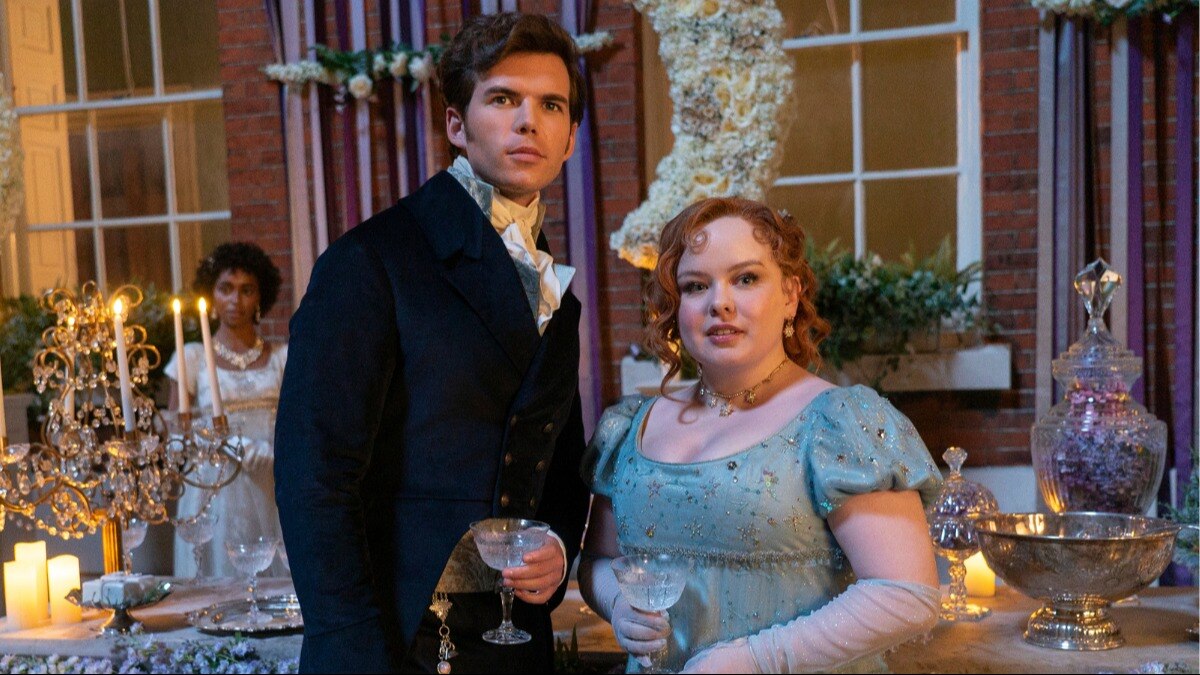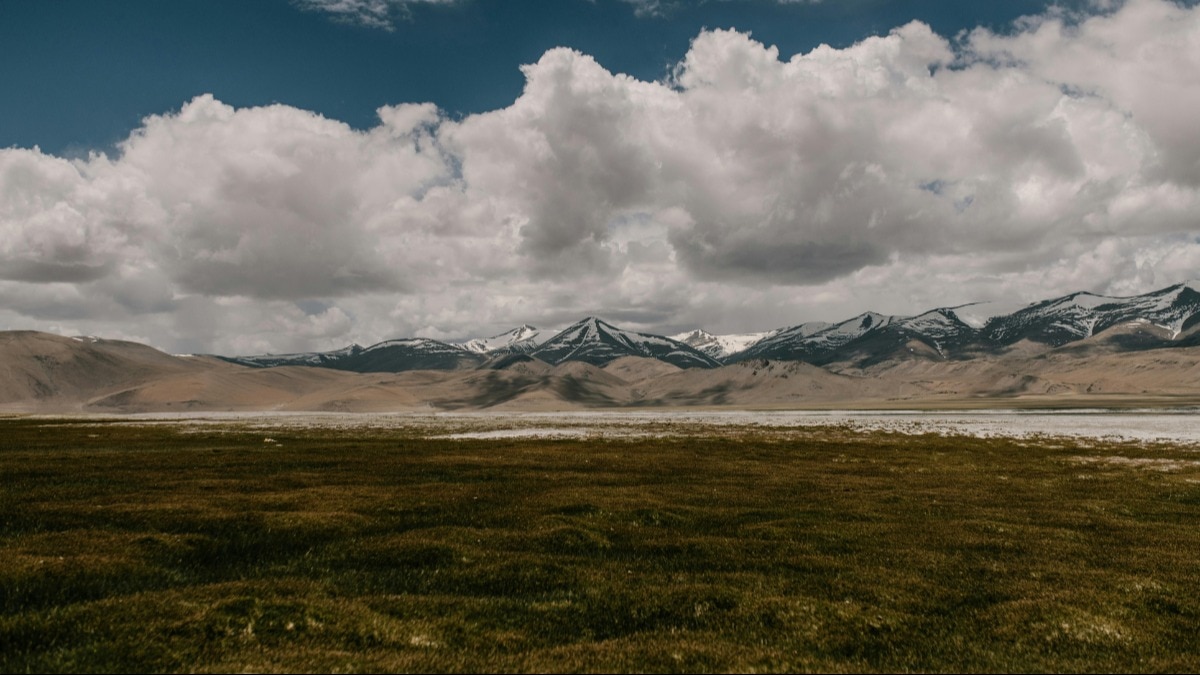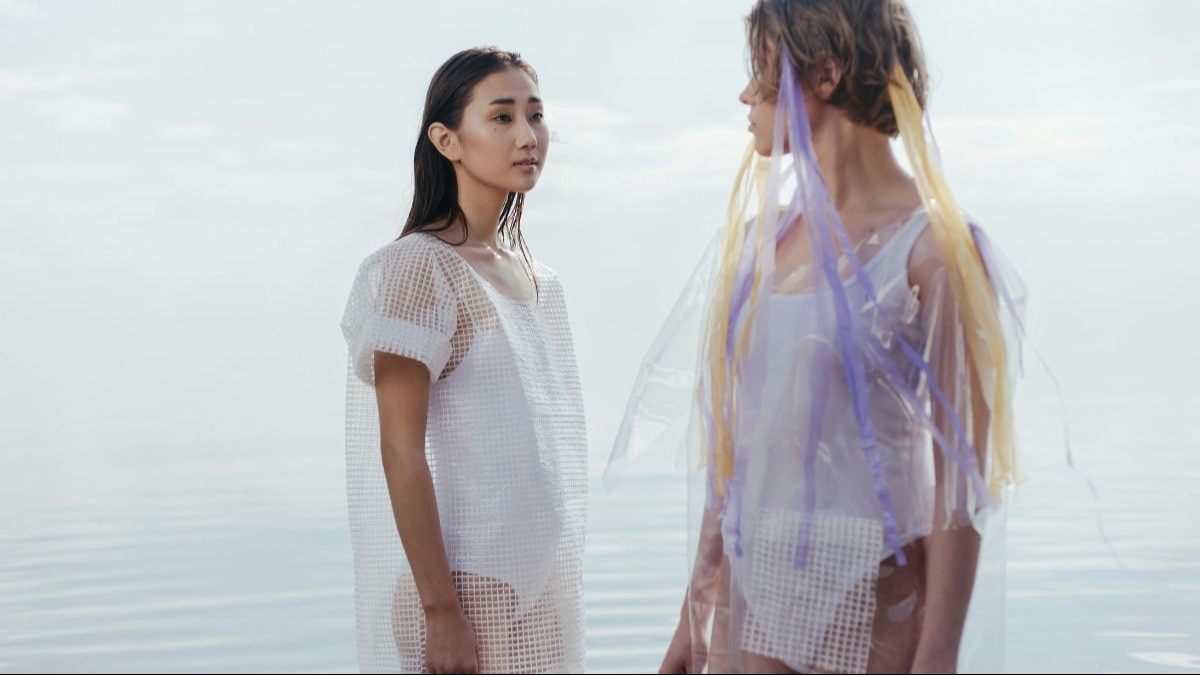
Model, activist, icon, Naomi Campbell is just super everything
The world has spent more than three decades trying to define Naomi Campbell. But she'd rather do that herself.


An important part of the mythos surrounding Naomi Campbell—supermodel, activist, fashion icon, occasional hothead—lies in her origin story. You probably already know it by now, but just to recap: Campbell, 15, a schoolgirl hailing from the fairly unremarkable streets of London’s Streatham neighbourhood, was spotted by a model scout while out window-shopping in London’s West End. It’s a story a world away from how most successful models these days seem to be discovered, either scouted via Instagram or ushered to the front of the queue by virtue of their famous parents. Between her and fellow ’90s icon (and close friend) Kate Moss, Campbell was responsible for a generation of British teenage girls trying our best to look “modely” as we wandered around the big Topshop on Oxford Street, hoping we too might be “spotted” while out shopping on a Saturday afternoon.
Campbell’s backstory makes it seem like a chance encounter was responsible for changing the trajectory of her life, as though hers is some sort of “right place, right time” Cinderella story. But then, as you’re sitting opposite her in a hotel suite in a discreet European location, you realise that with a face like hers—those formidable cheekbones sweeping upward as though in tribute to the celestial beings that must have played a role in their creation and those plump, perfectly proportioned lips—Naomi Campbell was always going to be famous.
“I’ve been asked to write a book by literally everyone,” she tells me, settling into a sofa. The prospect of a Campbell memoir is tantalising—one wonders what her version of the many tabloid headlines that have been written about her might be—but so far she’s held off. “It’s time-consuming,” she explains, and anyway, she doesn’t want to use a ghostwriter. She’d rather tell her story herself.
Campbell is Old Hollywood, carrying herself with the self-assurance of someone who has enjoyed pre-noughties fame—that is, proper celebrity. She does not traffic in the politics of relatability or studied humility that seem to be the default of today’s up-and-coming starlets. Her Instagram is wall-to-wall glamour and jet-setting; our conversation is frequently punctuated with the names of the wildly famous celebrities and fashion designers she counts as close friends.
She has somehow remained at the white-hot centre of fashion for more than three decades; her place has been cemented in the industry’s history. So, of course, I agree to drop everything and hop on a plane the day after Christmas for just an hour of her time. For all her hauteur, there is also at times something quite girlish about Campbell—like when we sneak out on the terrace of her hotel room so she can have a cigarette. (“I’m going to quit on New Year’s Eve,” she informs me, slightly conspiratorially.)
She has just come off the back of a dizzying few weeks of travel, a period that saw her jet from Milan to Miami, Miami to London, London to Egypt (where she sat front row at a Dior menswear show), back to London again for the British Fashion Awards, then on to the Senegalese capital of Dakar to witness Chanel’s first-ever runway show in sub-Saharan Africa. Then Saudi Arabia to London. London to New York. Back to London. Soon, she will head back to the Middle East and then on to Senegal again for vacation.
Why, I ask, is she still working so hard? Most of her compatriots have long since retired, emerging every now and then for the odd legacy campaign but otherwise, it seems, content to slow down. Campbell, by contrast, is still as booked and busy as she was in her ’90s heyday, fronting campaigns for Balmain, Hugo Boss, and Pat McGrath Labs in the past year alone. What further peaks could there possibly be for her to scale?
“I just like what I do,” Campbell says, “I’m privileged at this point in my life that I can choose the things that I do. And I’m also blessed that I still have all these great opportunities offered to me. So why not?”
“I have nothing to prove,” she continues. “It’s what I like doing. My work is hard, but it’s joyful at the same time. I’m still enjoying what I do, and that’s also important—to enjoy what you do.”
That work is no longer—and hasn’t been for some time—solely modeling. A significant part of Campbell’s time is now spent engaging in a mixture of activism, philanthropy, and cultural ambassadorship, often via Fashion for Relief, the nonprofit she founded in 2005 to raise funds for victims of Hurricane Katrina, which has since gone on to raise more than $15 million for charitable causes worldwide. In October, she launched Emerge, an initiative focused on discovering and promoting the next generation of creative talent from emerging communities around the world, with a star-studded gala and fashion show in Qatar. In layman’s terms, that means apprenticeships, mentoring, and skill development within the creative industries—fashion, yes, but also art, entertainment, and tech.
Campbell’s desire to uplift the next generation of fashion creatives is also evident in the number of younger models she’s taken under her wing. Among that cohort is Adut Akech, the doll-faced 23-year-old South Sudan–born model who is currently one of the most sought-after faces in the industry, thanks in no small part to Campbell’s support.
“You know how a mom cares for her child? Whenever I’m around her, I feel safe,” Akech says. “She’s like a comfort blanket. Even though I’m so far away from my biological mother, I feel like I also have another figure who’s taking care of me like her own child.” Akech first met Campbell in 2017 on the set of Tim Walker’s Alice in Wonderland–themed Pirelli Calendar shoot, which famously showcased an all-Black cast. It was, Akech says, a “fangirl moment, but I was like, ‘Don’t be weird.’ ” When she moved to New York City by herself a few months later, she reached out to Campbell, who had given her her number. “She cares for me how she would care for her own daughter,” Akech says. “Every time I hang out with her, she makes sure I get in my car safe. ‘Text me as soon as you get home.’ She will not sleep if I don’t text her.”
There are many ways to be a mother. “I mother a lot of people,” Campbell tells me when we broach the topic. She says she has always known she wanted to be one. “Always.”
In May of 2021, Campbell announced she had welcomed a daughter. “It wasn’t about when,” she says. “Everyone’s life takes a different course. And it’s about whom, and it’s a very important question because you want to make sure that you do that with the right person. [You’re] connected for the rest of your life.” She pauses for what feels like much longer than a few seconds. “That’s why I chose to do it alone.”
But to embark on single parenthood at the age of 50 is quite an undertaking. Was she not nervous about the prospect?
“No.”
Not at all?
“No, no.” After a moment, she reconsiders. “Well, I guess I may be nervous, [in the sense of ] ‘Am I doing everything right?’ But you go with the flow.” Campbell told few people about her plans to have a child, though one person she did tell was the actress Cameron Diaz (or “Cammie,” as she refers to her), to whom she also now turns for parenting advice. “I’ve known her for a long time, and I really love and respect her. I told her, and she was just like, ‘Okay.’ She’s just a stand-up, loyal friend.”
Otherwise, Campbell is somewhat reluctant to expound on the subject of motherhood, wary of it becoming the defining narrative of her public identity, a feeling many who embark on motherhood will recognise.
We are still out on the terrace, having permanently relocated there from the hotel room, and the sun is beginning to set. High up on a hill, looking down at the lights from a nearby town twinkling in the distance, it is an absurdly romantic view.
Against this backdrop, Campbell softens.
In the coming days, she will travel to Senegal for a vacation, and though Campbell frequently refers to herself as a “global citizen,” it’s clear that this is the part of the world that truly has her heart. “The minute I land in Africa, I feel … well, one thing we don’t have is racism. So that’s a big tick off the box,” she says, describing the psychic weight that is lifted when one doesn’t have to worry about the prospect of a racist microaggression, when you can just blend in among your skin-folk (as much as someone as famous as her can ever truly blend in). Campbell talks dreamily of Kenya, where she has a home, and of its spectacular natural beauty. “I’m just happy that people are finally understanding how beautiful the African continent is,” she tells me, rhapsodising about Senegalese dishes like thieboudienne and yassa. (Sensing an opportunity, I try to goad her into picking a side in the “jollof wars,” a jokey rivalry between diasporic Ghanaians and Nigerians about which country makes the best jollof rice, but she sidesteps my attempts to co-opt her to Team Nigeria, smiling. “I’m not getting involved.”)
And of course, as always, there’s fashion. Campbell is as excited by the potential fashion has to generate economic growth within Africa as she is by the actual clothes, though she lists Kenneth Ize, Steve French, and Thebe Magugu as among her favorite African designers. “Fashion’s a billion-dollar business,” she says. “That’s why I want the countries I go to, the emerging markets, I want them all to understand, and invest in it, and support their creatives. That’s why I’m doing what I’m doing.”
Talk of wealth and investment in the African fashion industry brings us neatly to two recent landmark events that occurred within just days of each other in December: Dior’s Kim Jones staging a fashion show in front of the Pyramids of Giza and Chanel’s Métiers d’art show in Dakar. I worry about the potential for such relationships to become extractive or exploitative—not to mention the danger of the current focus on Africa merely being a trend before the fashion world moves on.
When I put this tension to Campbell, she responds evenly: “It’s not going to be a trend because I’m not going to allow it.” Both Dior and Chanel have made long-term commitments to investing in local communities, she assures me; that is a prerequisite of her attending such events. “There’s a couple of things I’ve said no to in the past, where it’s like, ‘Okay, we need you to sit in the front row because we’ve got African designers.’ But I’m like, ‘Yeah, but are the African designers going to come out and take a bow? Who’s taking the bow?’ ” she says. “And they say, ‘Oh, the designer from the brand is.’ And I’ll be like, ‘Nah, that’s not for me.’ But Kim (Jones)’s commitment to Egypt and to Africa is real. Chanel’s commitment to Senegal is real. They don’t just go in and do the show and leave. They go in and they make a commitment to the infrastructure.”
In 2020, the fashion world (along with nearly every other industry) responded to the global Black Lives Matter protests, as well as the charged conversations about racism that followed, by pledging greater diversity and more BIPOC representation at senior levels of the industry. A year later, a survey conducted by The New York Times revealed that, overall, little had changed. There can, with social-justice movements like antiracism, come a point where pushback arises, as those who are invested in the status quo—who perhaps at one point were even in favour of progress—become fatigued or resistant to change and begin to feel that “enough” has been done. A sense that “you’ve had your time; we’ve acknowledged your culture,” as Campbell puts it, agreeing that she too has observed this tendency, though she is resolute all the same.
“It’s not going back. Period,” she says. “We’re not a trend.”
But given how vocal Campbell is about racism and diversity, how on earth did she end up walking in the highly controversial Yeezy show during Paris Fashion Week last October, at which Kanye West sent models down the runway clad in T-shirts with the racist slogan “White Lives Matter” printed on them?
“Didn’t see it. I was on the top floor,” she replies crisply, explaining that the layout of the venue meant she didn’t see the T-shirts, didn’t know about them, in fact, until she got back to her hotel and her agent brought her up to speed.
“I was shocked like everybody else. It’s not something I condone,” she replies when pressed, but at this point I sense resistance. “Next question; I’m not getting into it.” A taut silence hangs over us. As much as she doesn’t want to talk about it, I also don’t want to move on just yet. “One thing I’m not going to do is sit here and slag [off ] my own. I’m not doing that,” she elaborates, by which she means, presumably, that she doesn’t want to get into a scenario where one Black celebrity is publicly criticising another, with the headlines that might generate. She does eventually concede, however, that she felt somewhat used by the stunt. “It wasn’t fair to us not to know and to put us in that situation. I went there with the best intentions … to be supportive.”
Just days after I interview Campbell, Vivienne Westwood, the legendary designer and doyenne of the British fashion industry, passes away at 81. When I hear the news, I think instantly of the famous image of Campbell falling—with complete and utter grace—mid-runway during a 1993 Vivienne Westwood show, courtesy of a nine-inch pair of the designer’s famous Ghillie platform heels. That that image has since gone on to become a celebrated part of fashion history is perhaps proof of Campbell’s iconicity, that she could somehow make falling over look chic and aspirational rather than an embarrassing faux pas.
Tributes to Westwood pour in from across the fashion industry, including from Campbell. “Your legacy is just beginning,” her Instagram post says, “and it will be etched in stone for forever, as your contribution to our industry is immeasurable.”
When I ask what Campbell hopes her own legacy might be, she scoffs slightly; that isn’t something she’s particularly preoccupied by. “Accolades are nice, but that doesn’t make or break me or define what I need to do. I’m not looking for that. I do what I do because I feel passionate about needing to do it.”
For her, the reward comes in “just seeing (the next generation) do well. … That is what makes me happy.”
This piece originally appeared in the March 2023 print edition of Harper's Bazaar US



